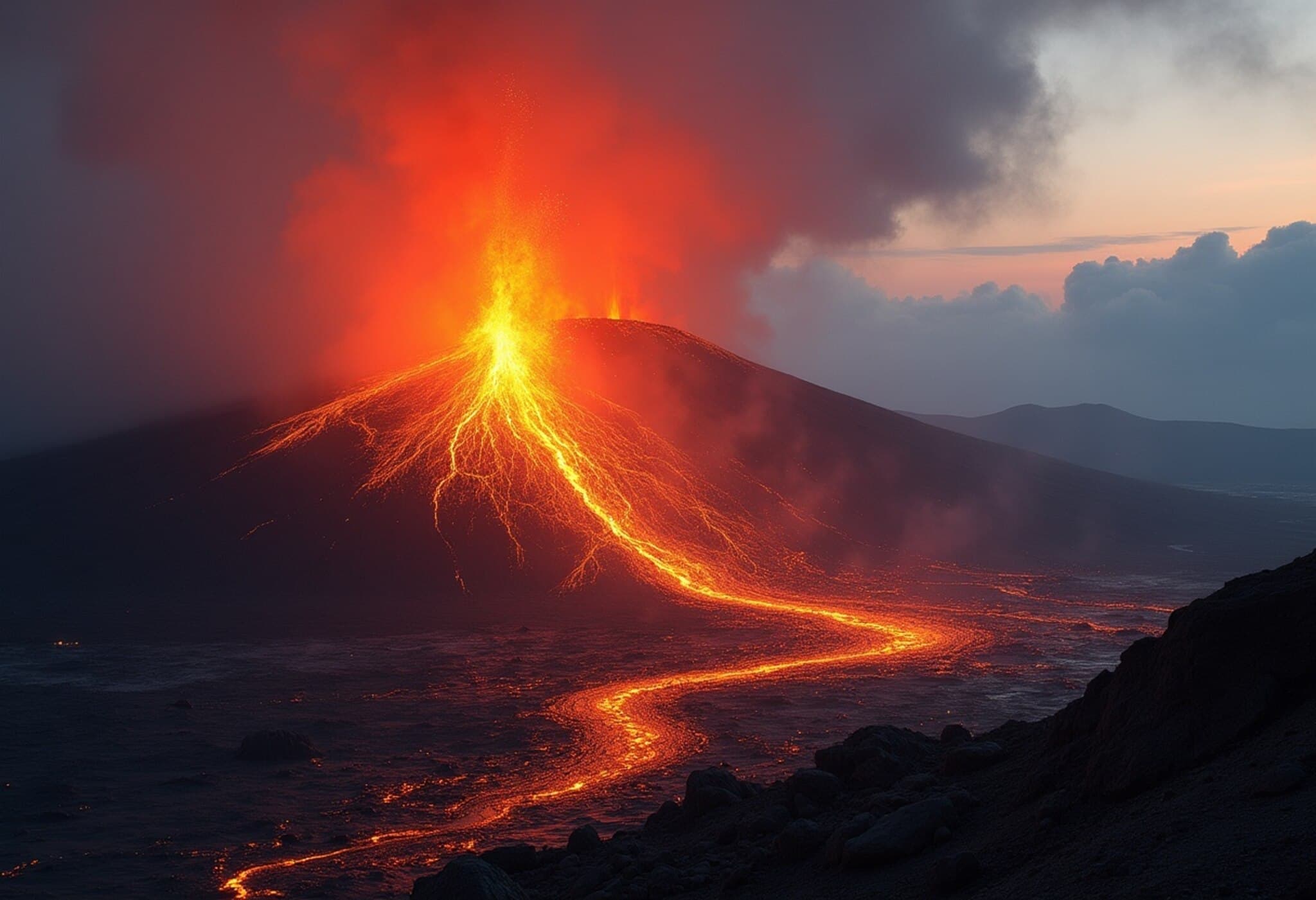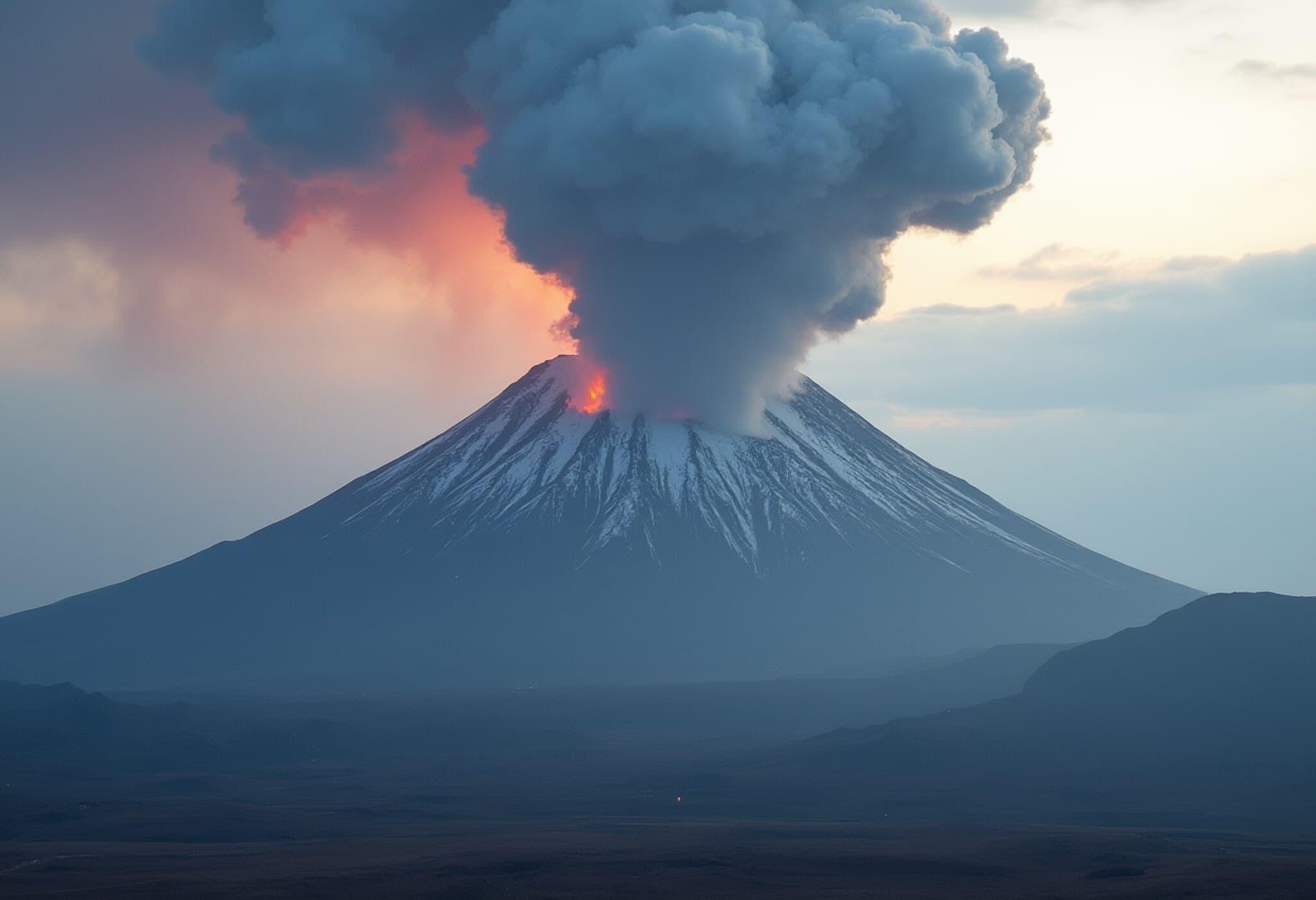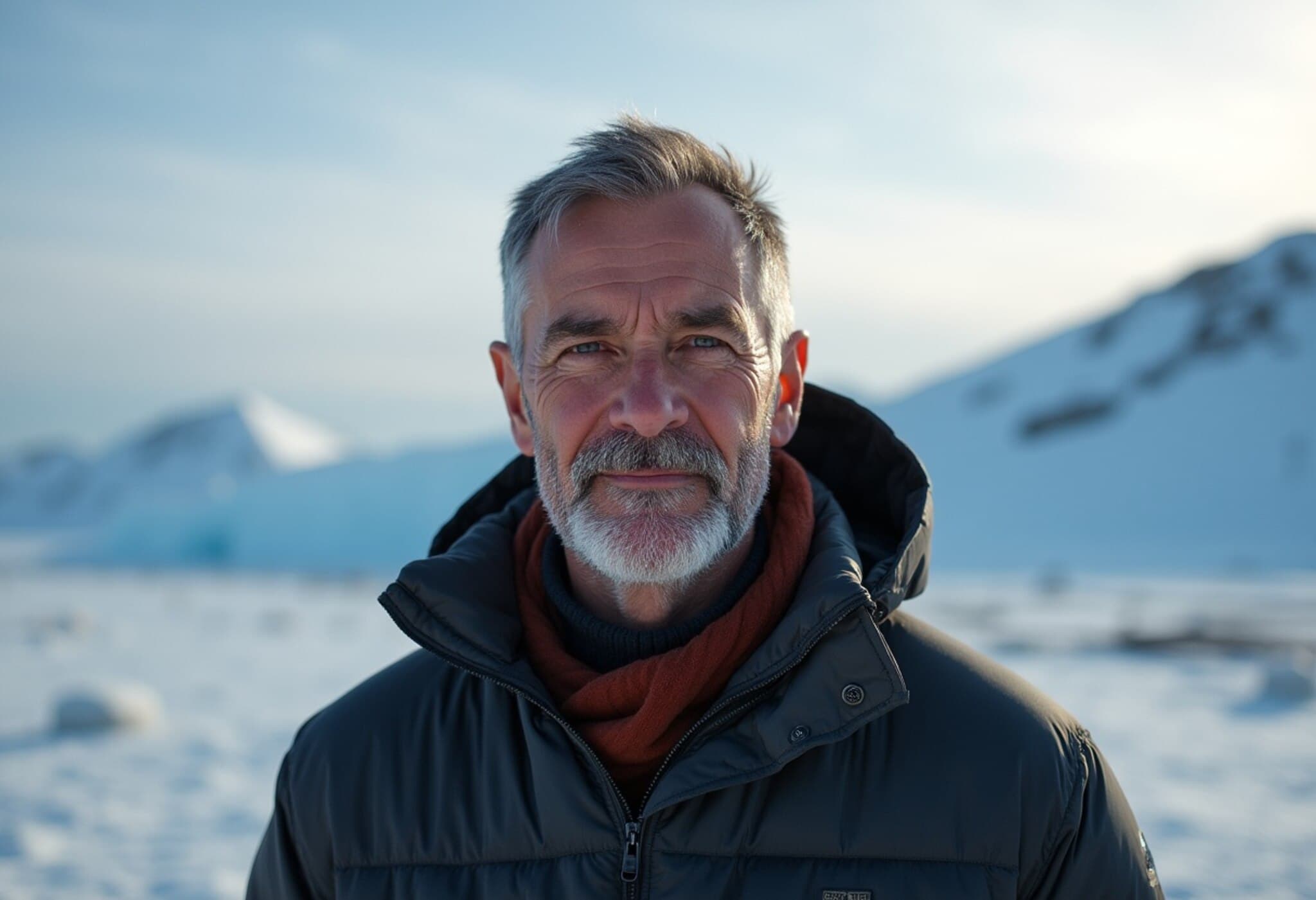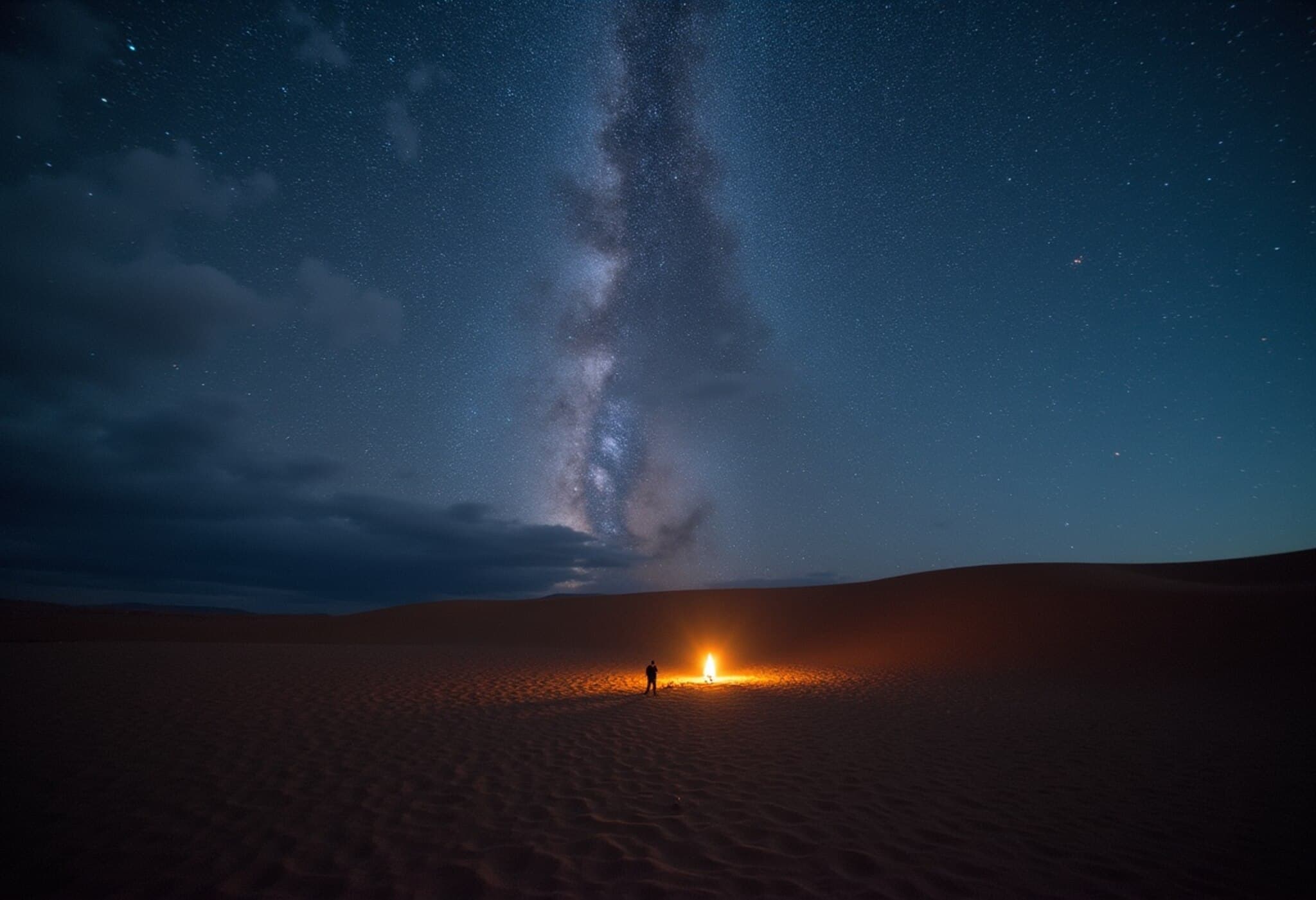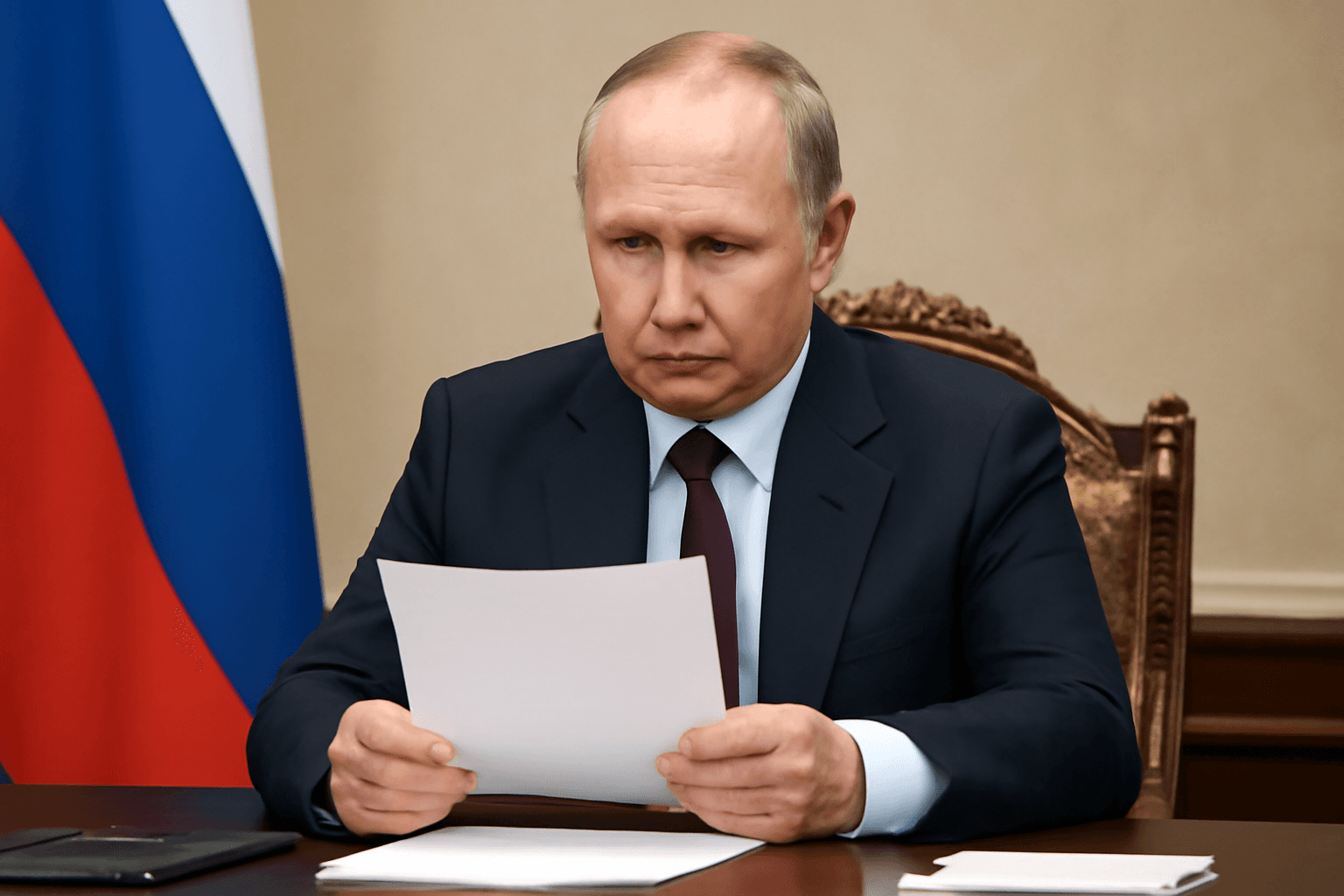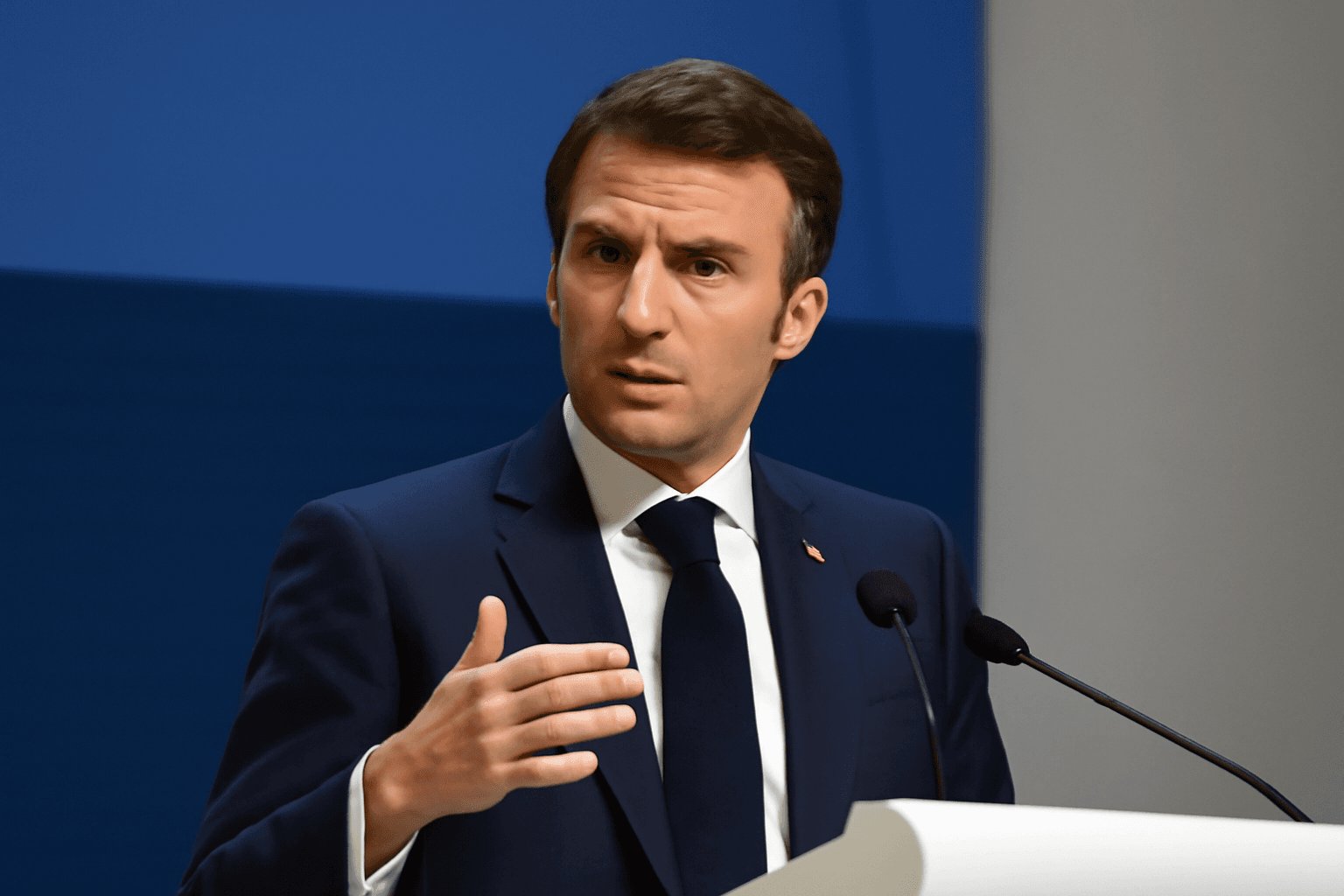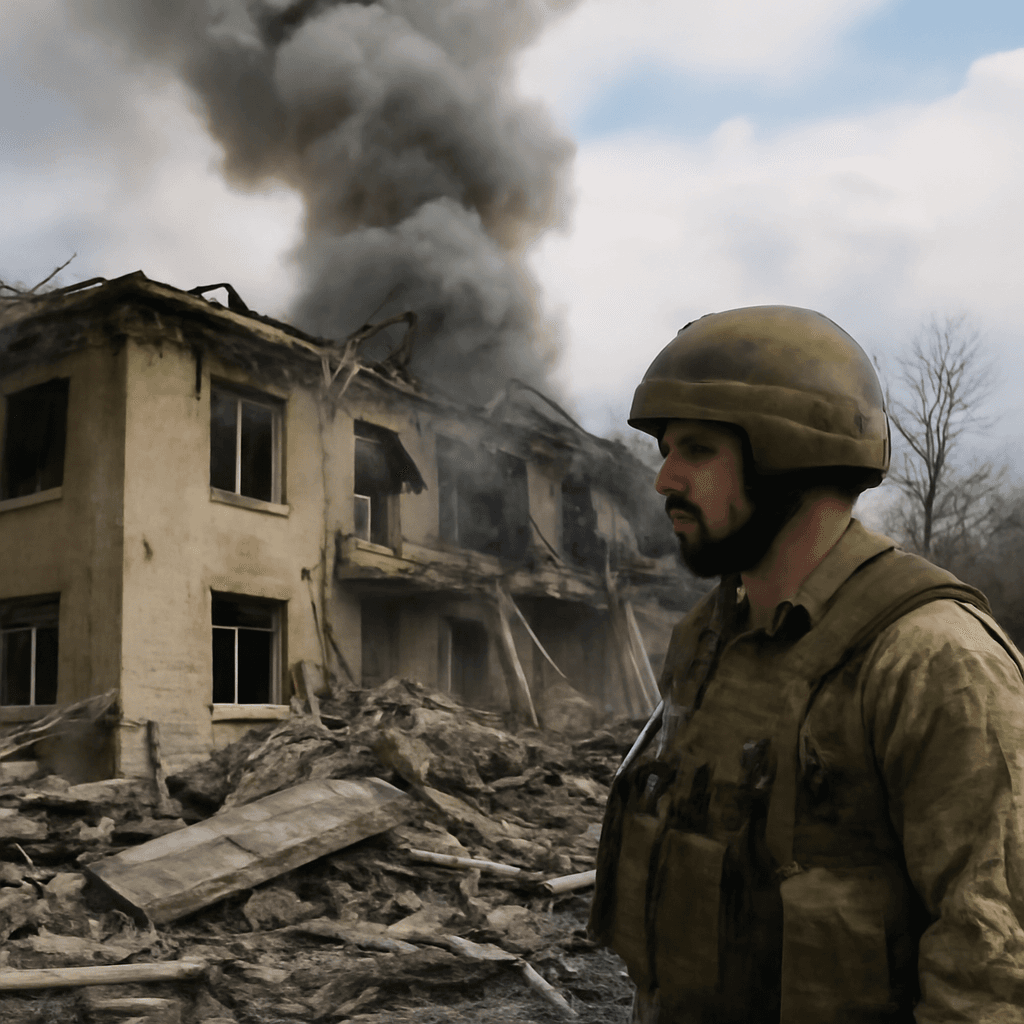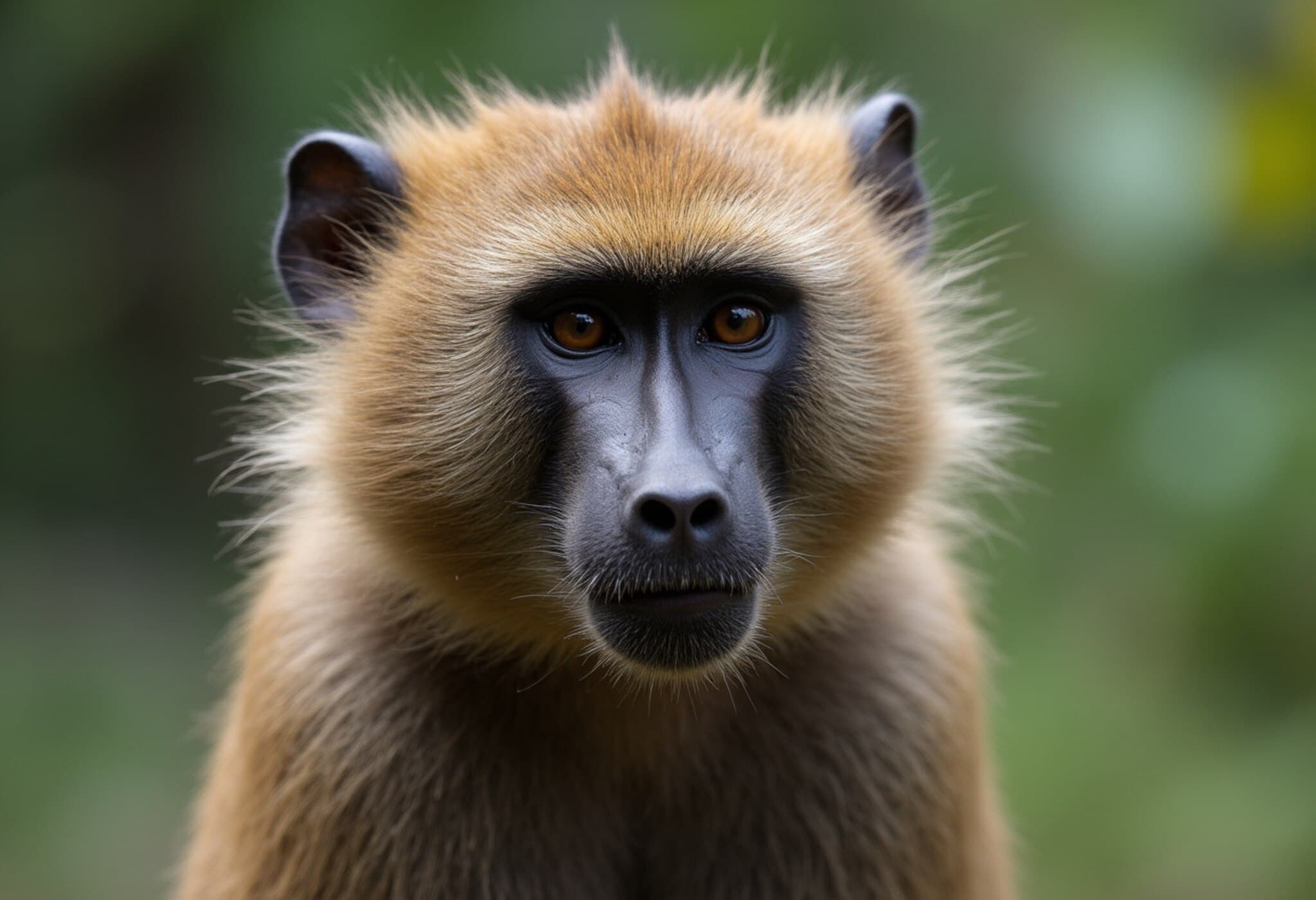Powerful Eruption of Russia's Tallest Volcano Follows Massive Pacific Earthquake
On October 28, 2023, the Klyuchevskoy volcano, the tallest active volcano in Eurasia, dramatically erupted on Russia’s remote Kamchatka Peninsula. This spectacle comes days after a colossal 8.8 magnitude undersea earthquake struck the Pacific Ocean on October 25, sending shockwaves through the region and triggering a destructive tsunami along Russia’s eastern coastline.
A Vivid Display of Nature’s Fury on Kamchatka
According to the Russian Academy of Sciences’ United Geophysical Service, the volcano showed a powerful glowing plume above its crater, with molten lava descending the western slope accompanied by rumbling explosions. Satellite and eyewitness imagery captured the surreal crimson glow piercing the dark Kamchatka sky, a reminder of the dynamic forces shaping our planet.
Located approximately 450 kilometers north of Petropavlovsk-Kamchatsky — the regional capital and main hub of Kamchatka — Klyuchevskoy has been an active geological feature for centuries. Its recent eruptions, including this one, highlight Kamchatka’s reputation as a hotbed of volcanic activity.
Tourists Unfazed, Drawn to the Volcanic Spectacle
Surprisingly, despite ongoing eruptions and the recent seismic upheaval, tourism in the area remains robust. The Russian Union of Travel Industry (RUTI) reports no cancellations or complaints from visitors. In fact, many tourists express eagerness to witness the fiery display up close, reflecting a growing trend where volcanic eruptions serve as dramatic natural attractions rather than deterrents.
This phenomenon raises important questions about risk perception and adventure tourism. While witnessing an eruption is awe-inspiring, it also requires strict safety protocols and awareness of volcanic hazards, particularly in such remote and geologically active areas.
Seismic Surge: Earthquake and Tsunami Impact
The eruption's timing closely follows the immense undersea earthquake that struck the Pacific Ocean’s seabed on October 25, near the Kamchatka Peninsula. The quake generated a tsunami as high as 13 feet along Russia’s eastern coast and Japan’s east coastline, leading to widespread evacuation orders and infrastructural damage.
While several injuries have been reported from tsunami-related incidents, fortunately, there have been no confirmed fatalities thus far. The long-term implications for the region’s infrastructure and ecological health remain under assessment.
Expert Perspective: Linking Earthquakes and Volcanic Activity
Seismologists have long studied the complex relationship between large earthquakes and volcanic eruptions. Dr. Elena Petrov, a volcanologist with the Kamchatka Volcanic Institute, explains:
“An earthquake of this magnitude can alter subterranean magma chambers, potentially triggering or accelerating volcanic activity. While not every large quake results in an eruption, the timing and proximity here are significant and warrant ongoing monitoring.”
This eruption underscores the dynamic interplay of geological forces shaping the Pacific Rim’s so-called "Ring of Fire," a region notorious for its frequent seismic and volcanic events.
What This Means for the Future
- Heightened Monitoring: Authorities are enhancing geological surveillance of Kamchatka’s volcanoes to provide early warnings and protect residents and tourists alike.
- Tourism Management: Balancing visitor interest with safety remains crucial, requiring clear communication about risks and emergency procedures.
- Disaster Preparedness: The combined earthquake, tsunami, and volcanic activity challenge emergency response frameworks across Russia’s Far East and neighboring Japan.
- Scientific Research: This event offers an invaluable opportunity to study how massive seismic disturbances influence active volcanoes, enriching global understanding of Earth processes.
Editor’s Note
The Klyuchevskoy volcano’s recent eruption, sparked by a monumental Pacific earthquake, is a stark reminder of nature’s raw power and unpredictability. While it draws awe and adventure seekers, it also calls for sober attention to disaster readiness and scientific insight. As climate change and geological shifts continue to affect our planet, understanding these interconnected forces becomes more vital than ever.
How can communities living in high-risk zones balance resilience with economic opportunities like volcano tourism? What lessons can emergency planners worldwide learn from Kamchatka’s layered challenges? These questions remain at the forefront as we watch the earth’s magnificent yet volatile display.

